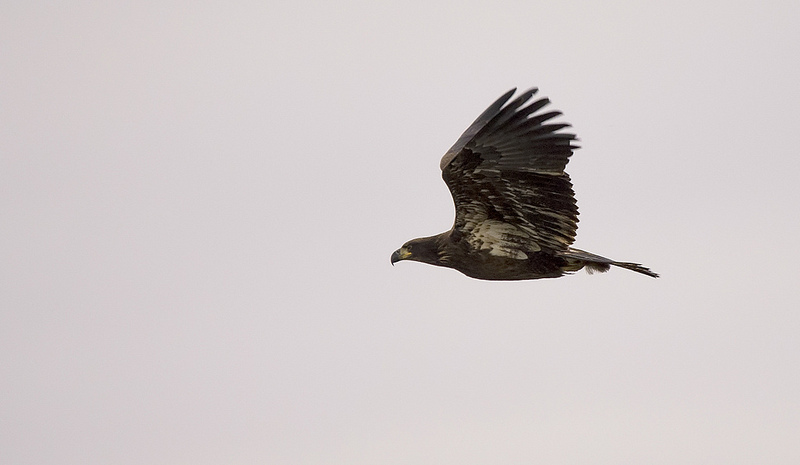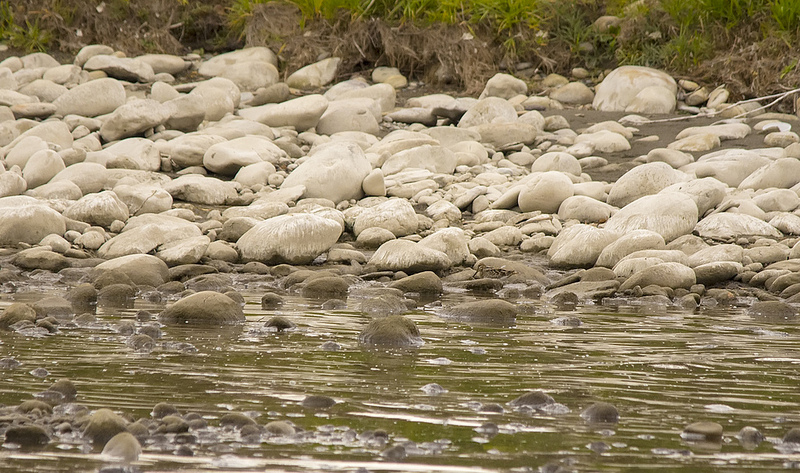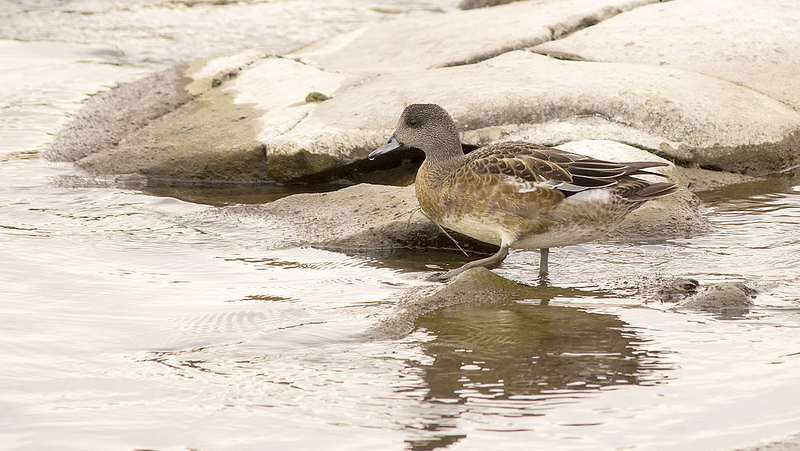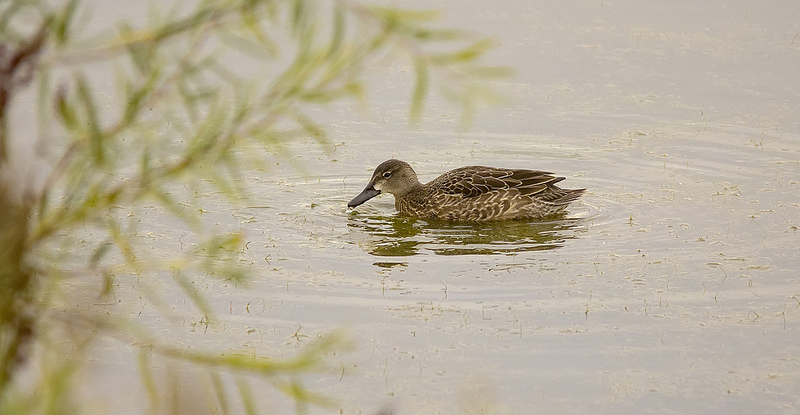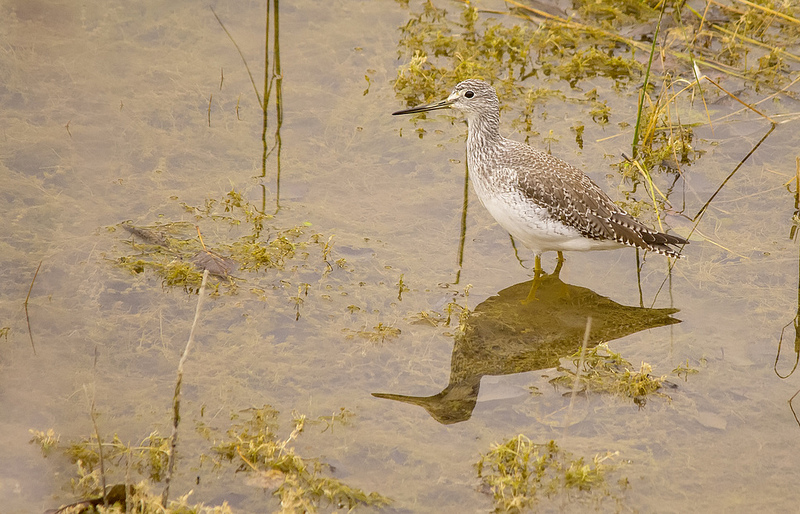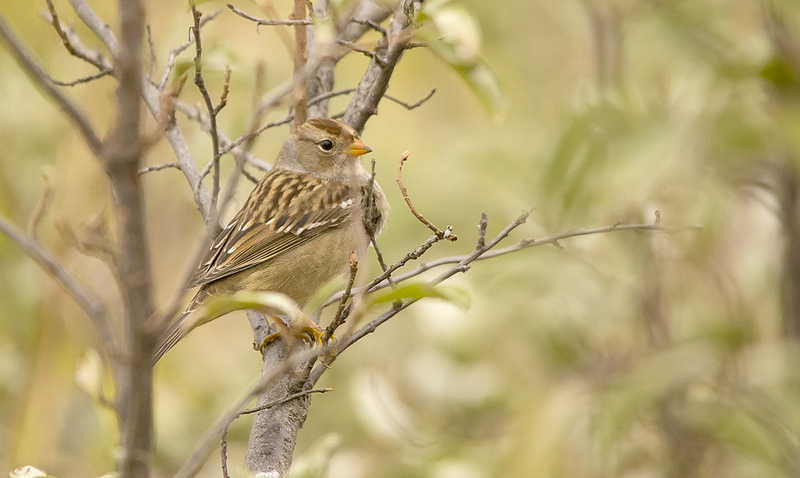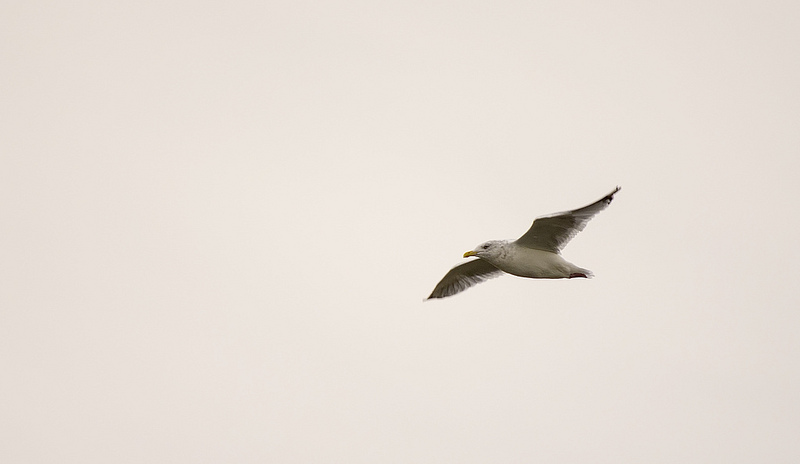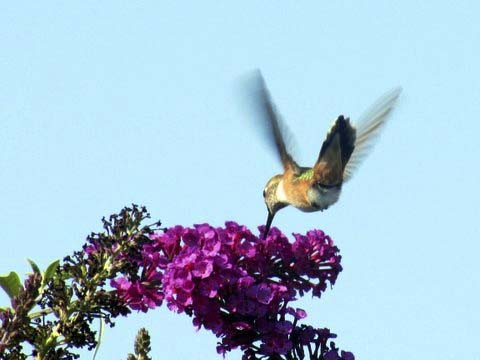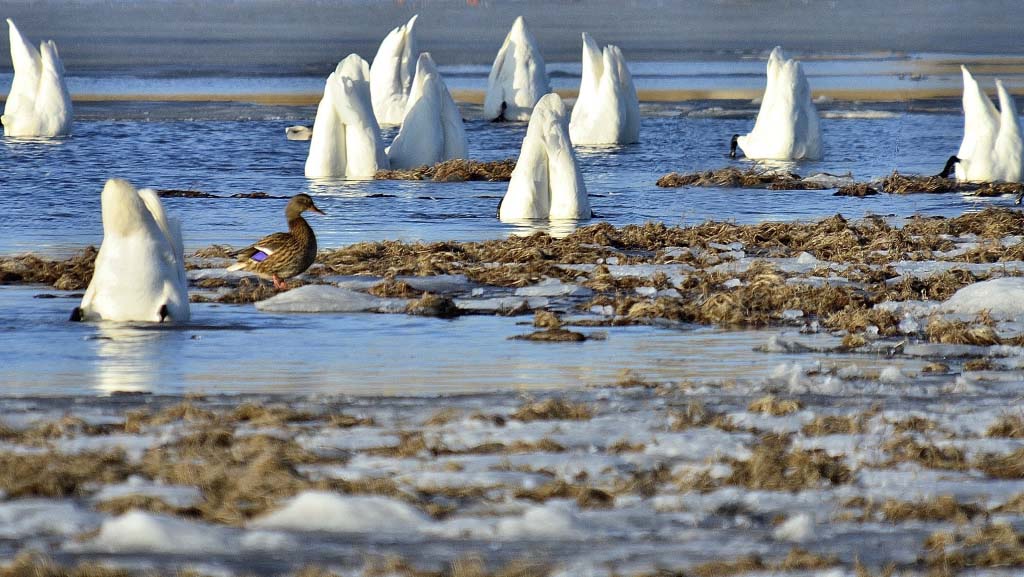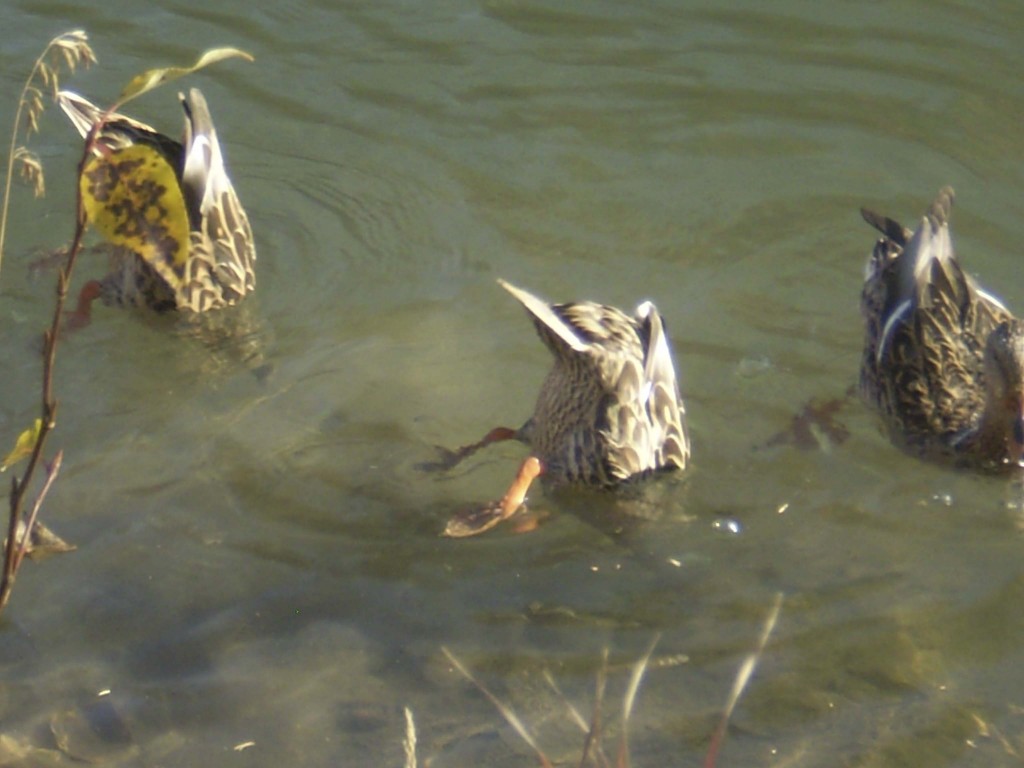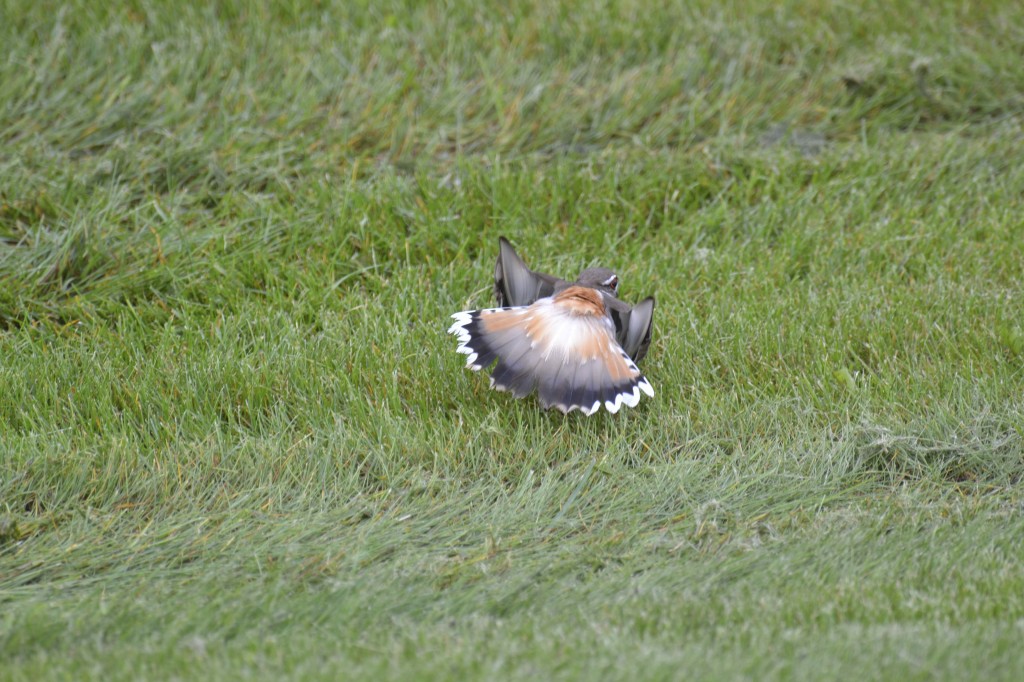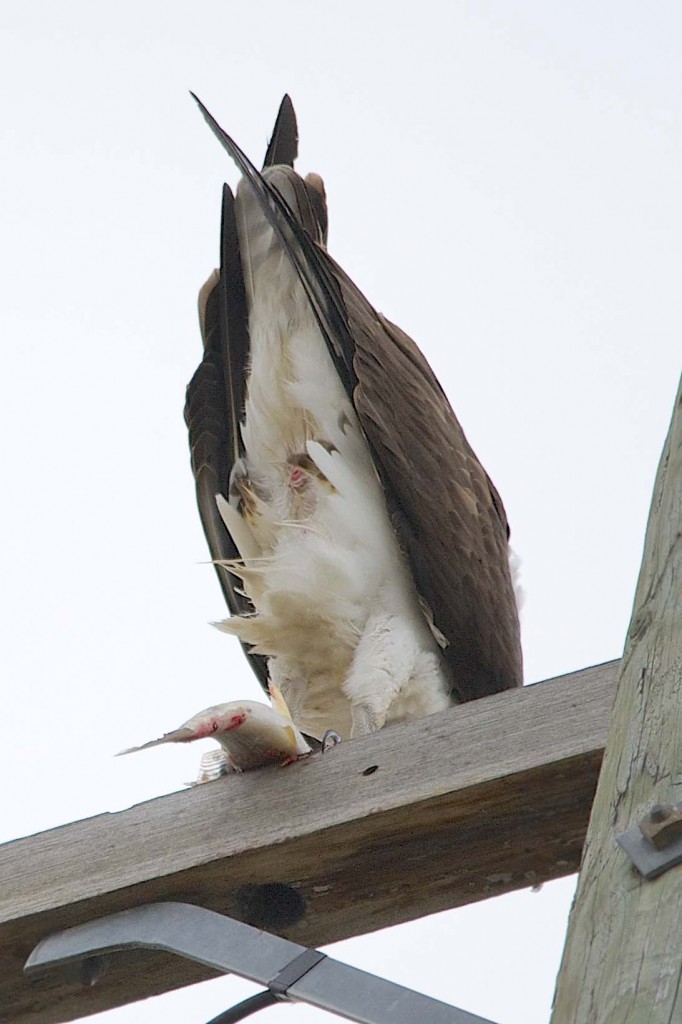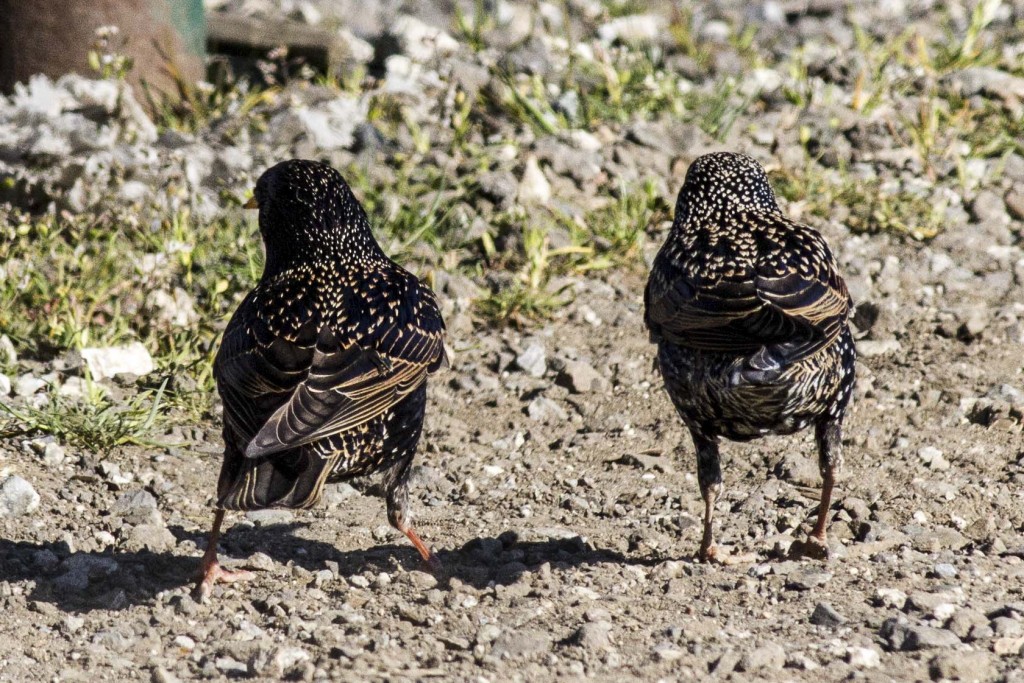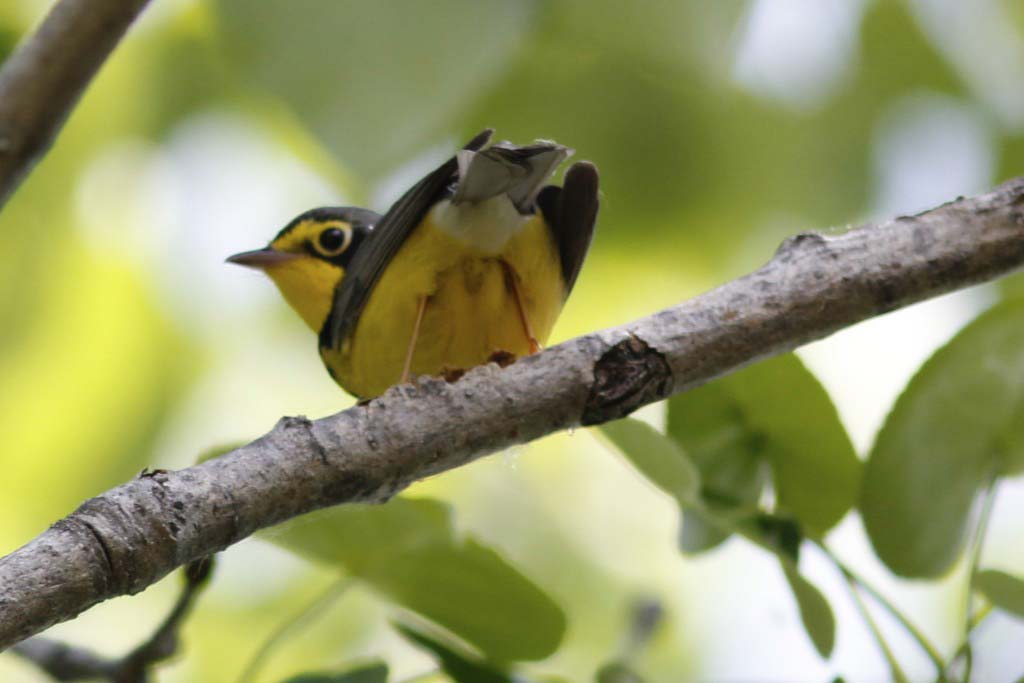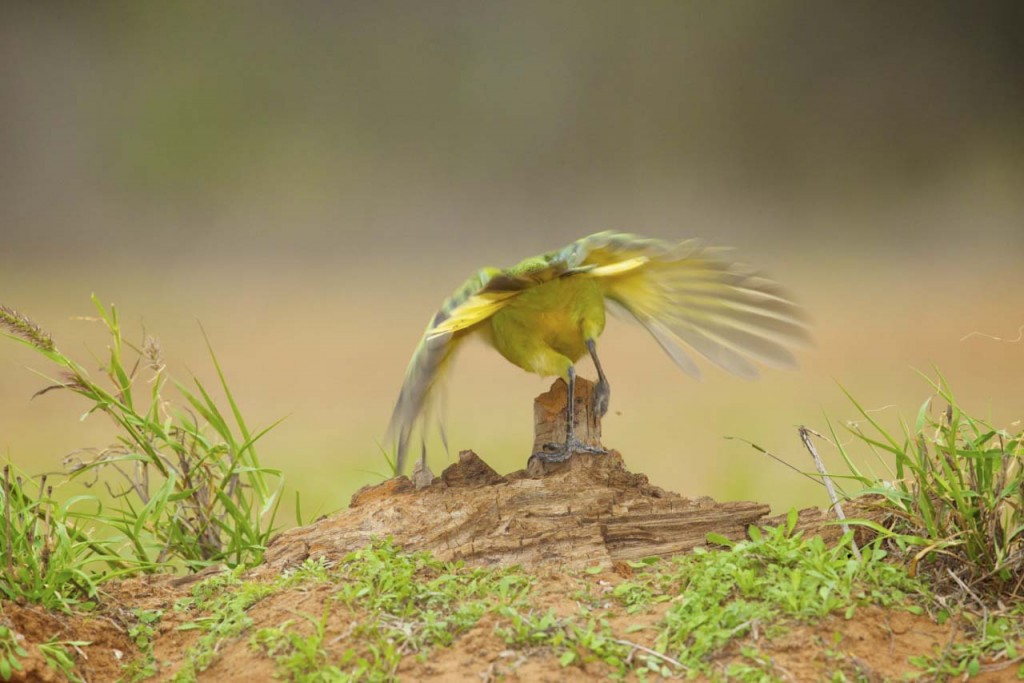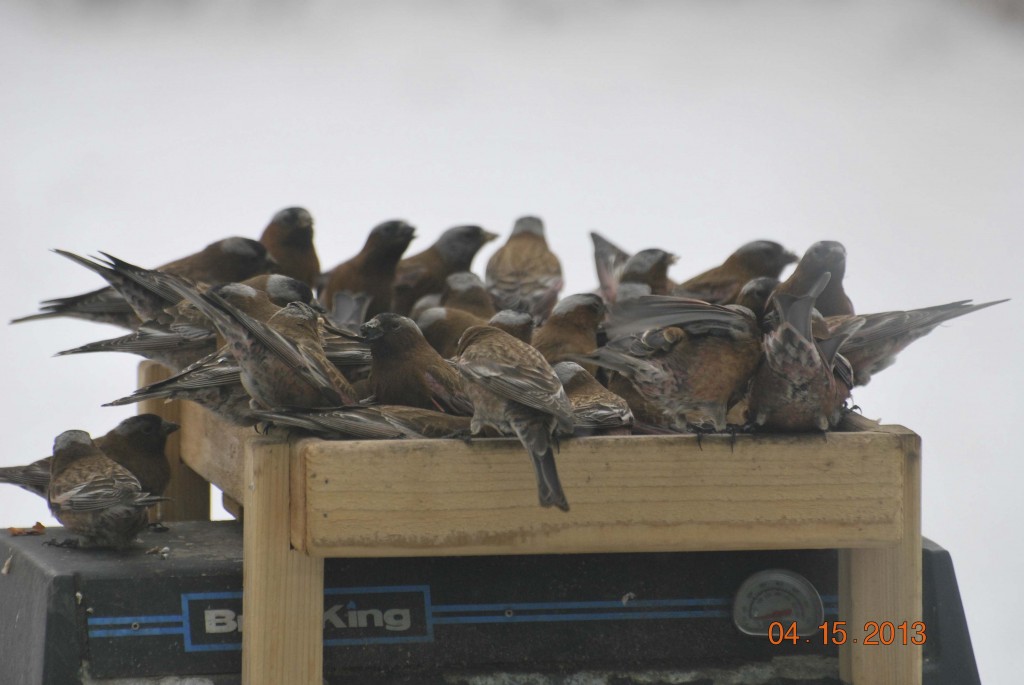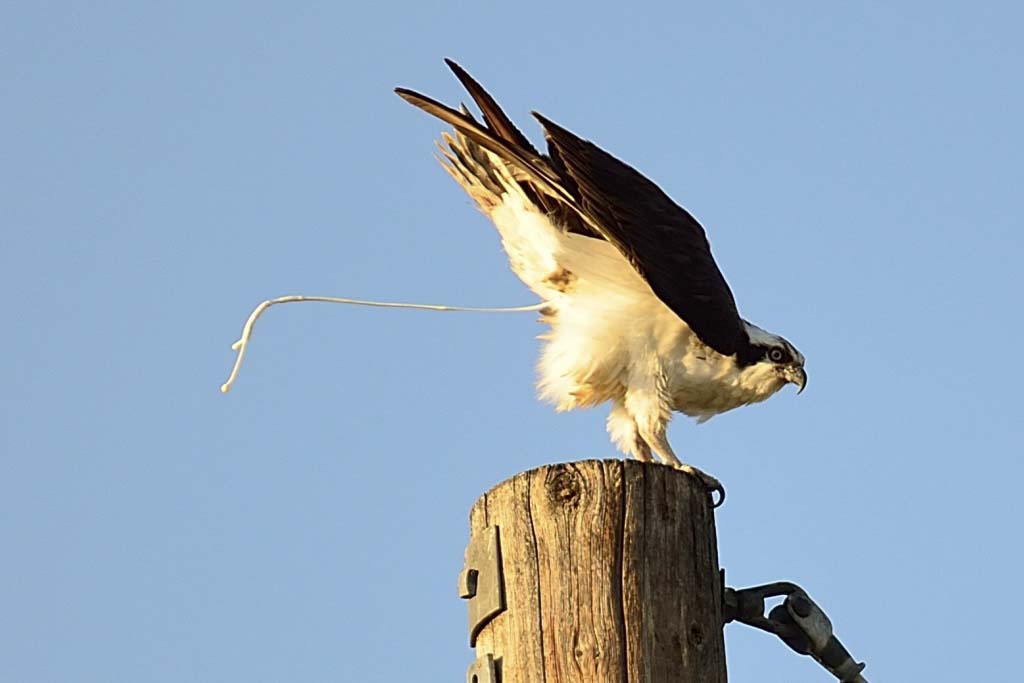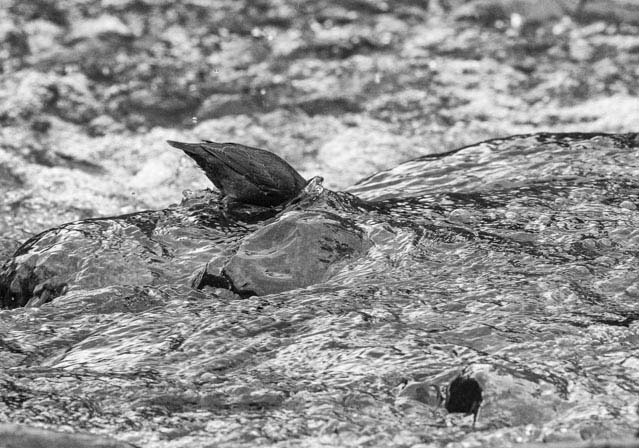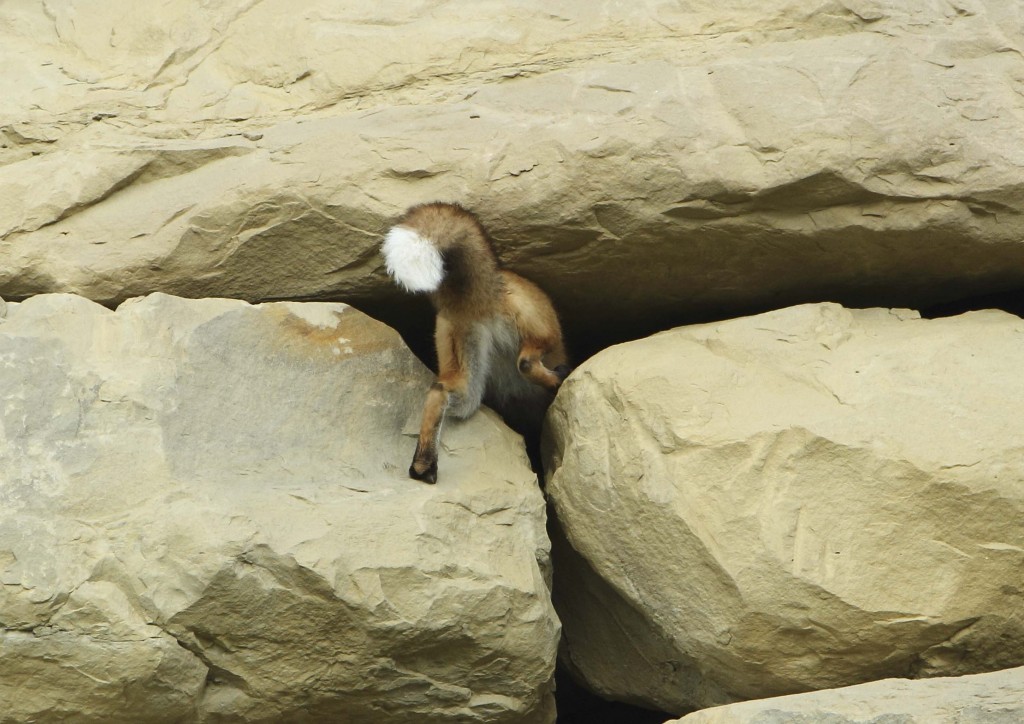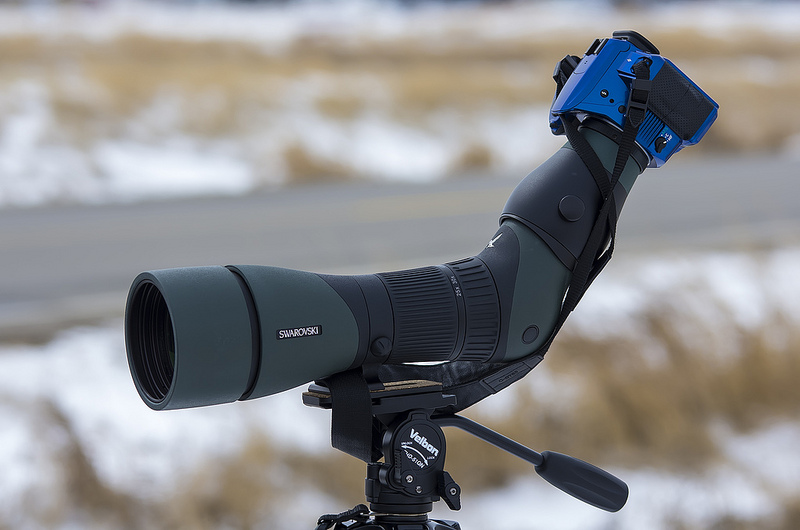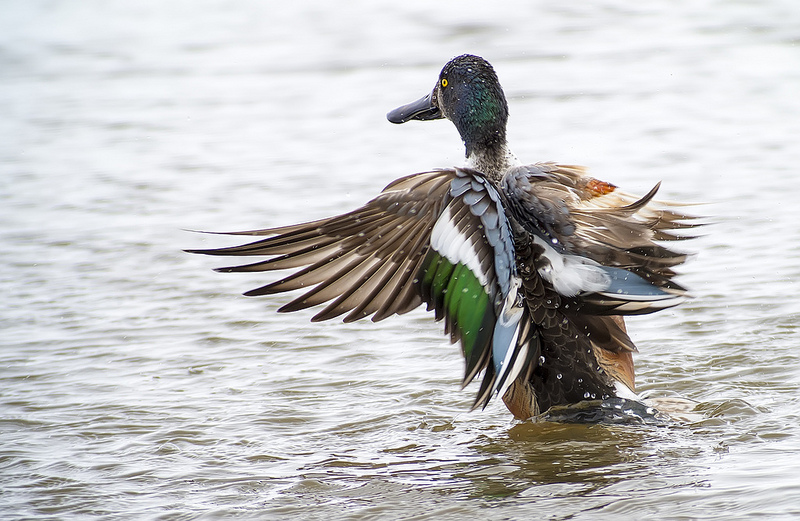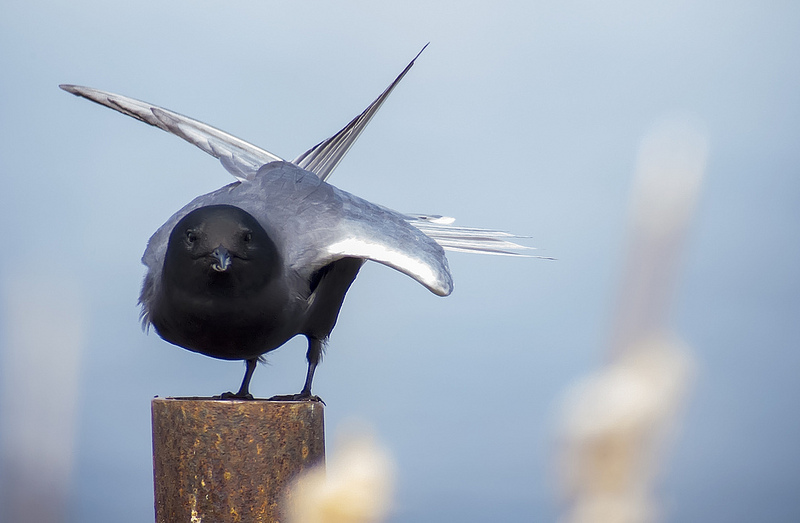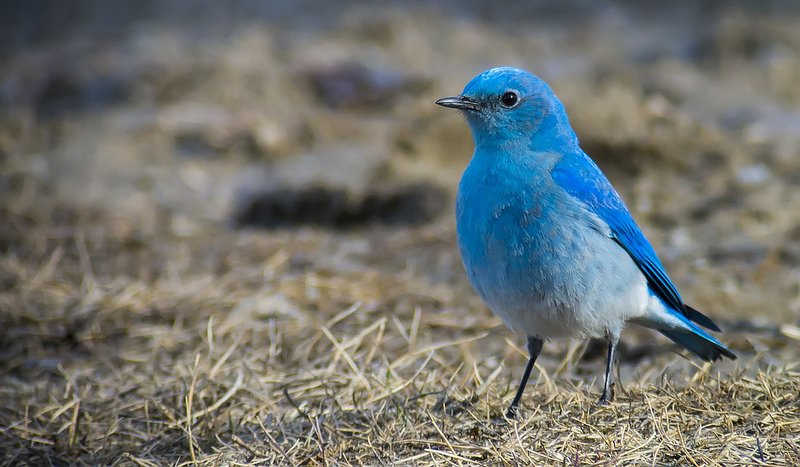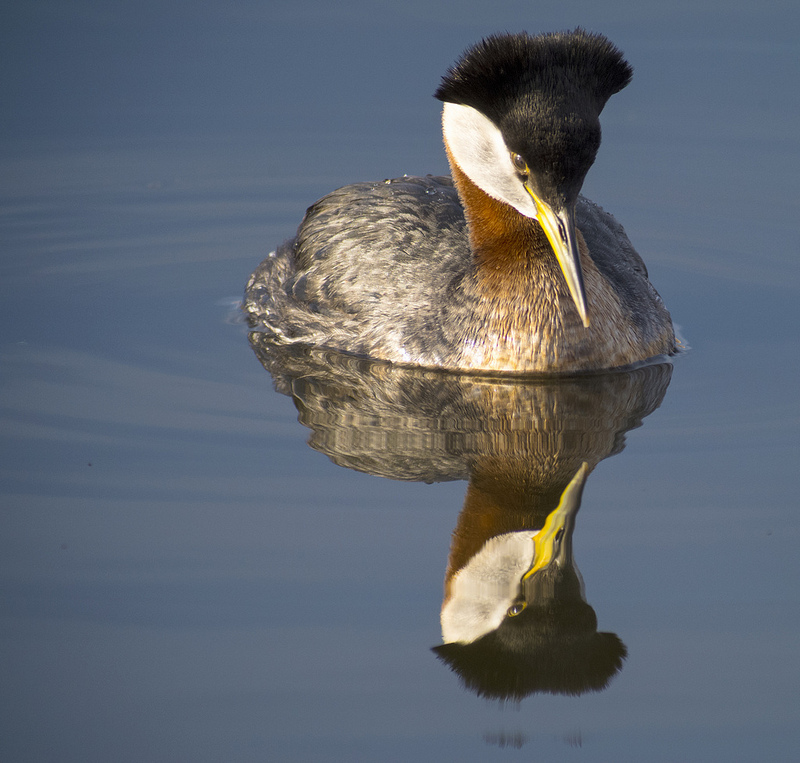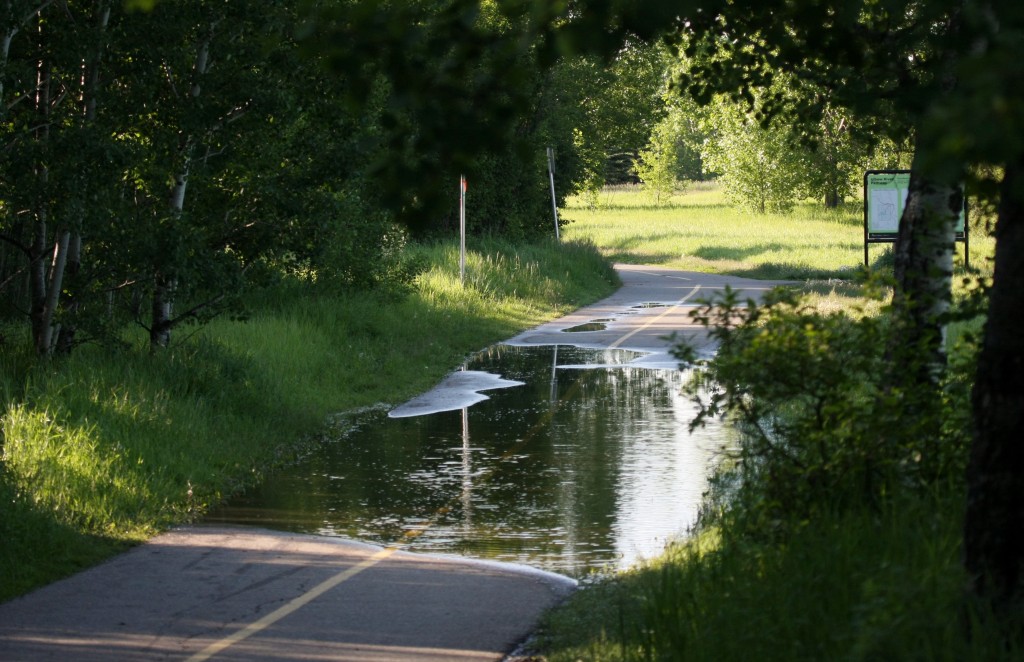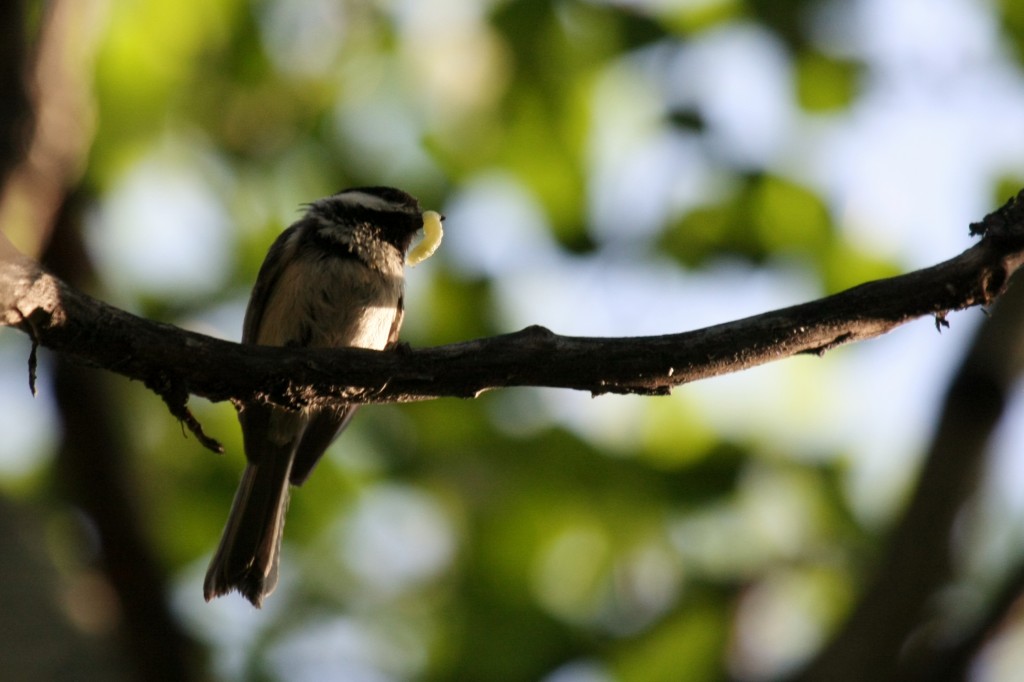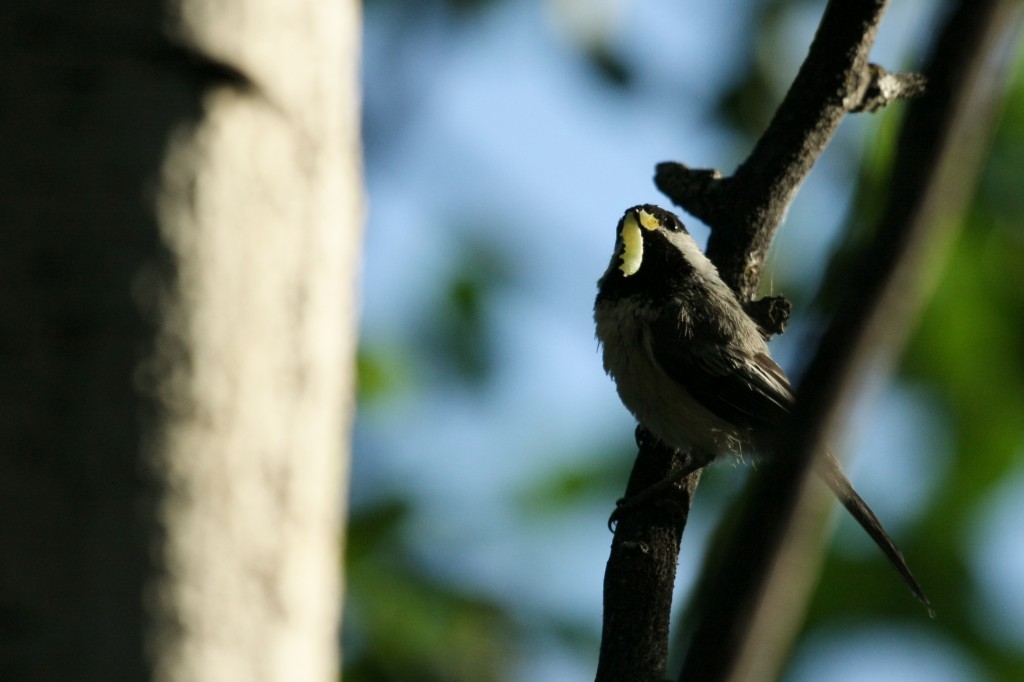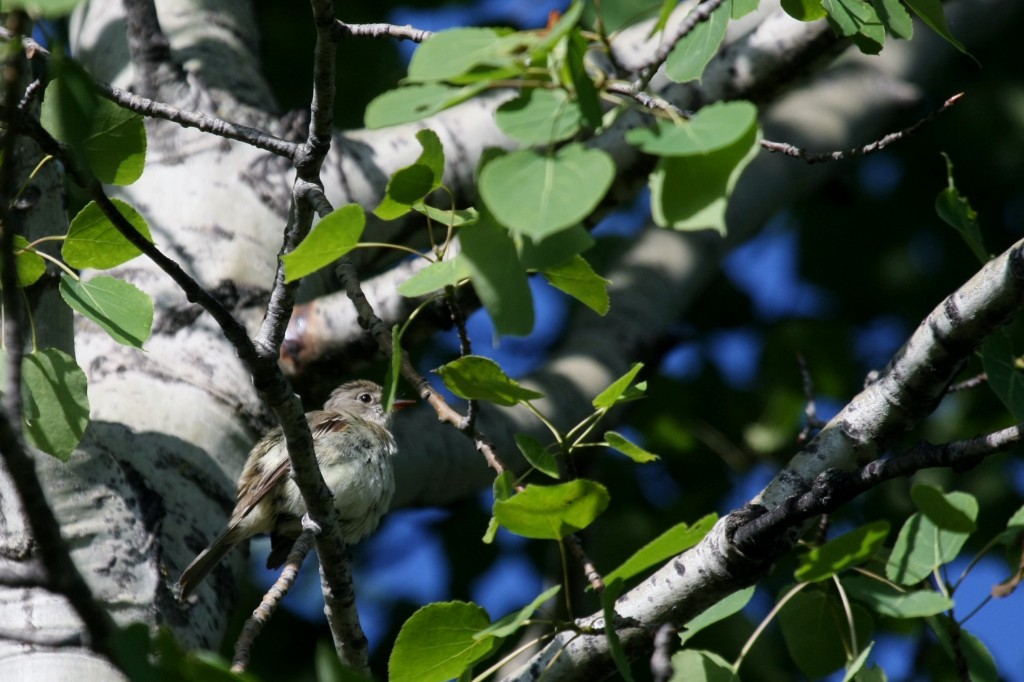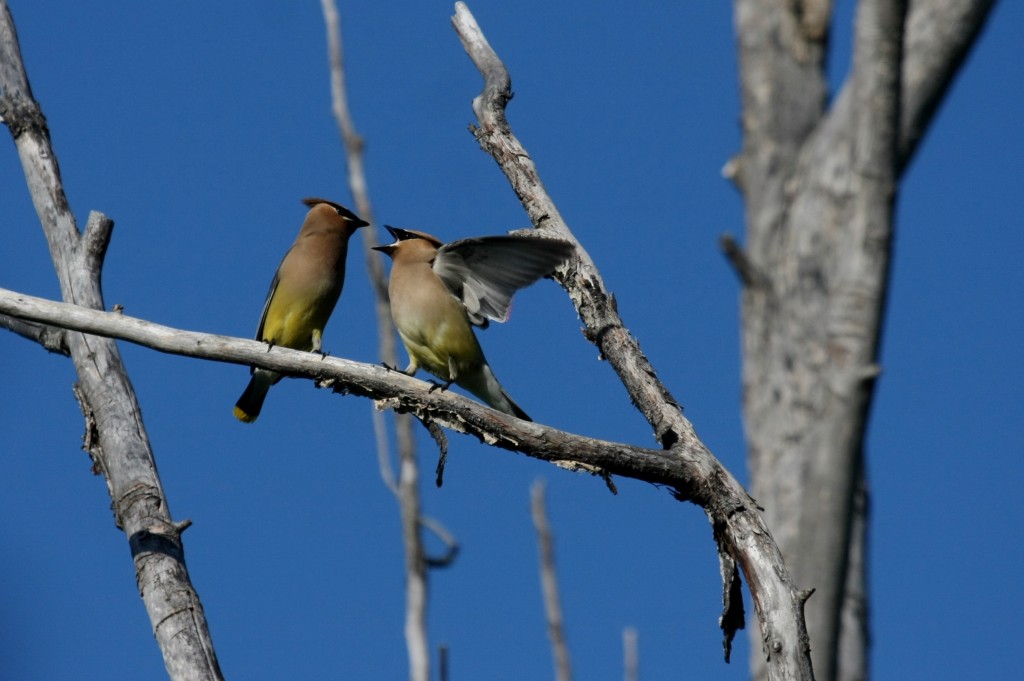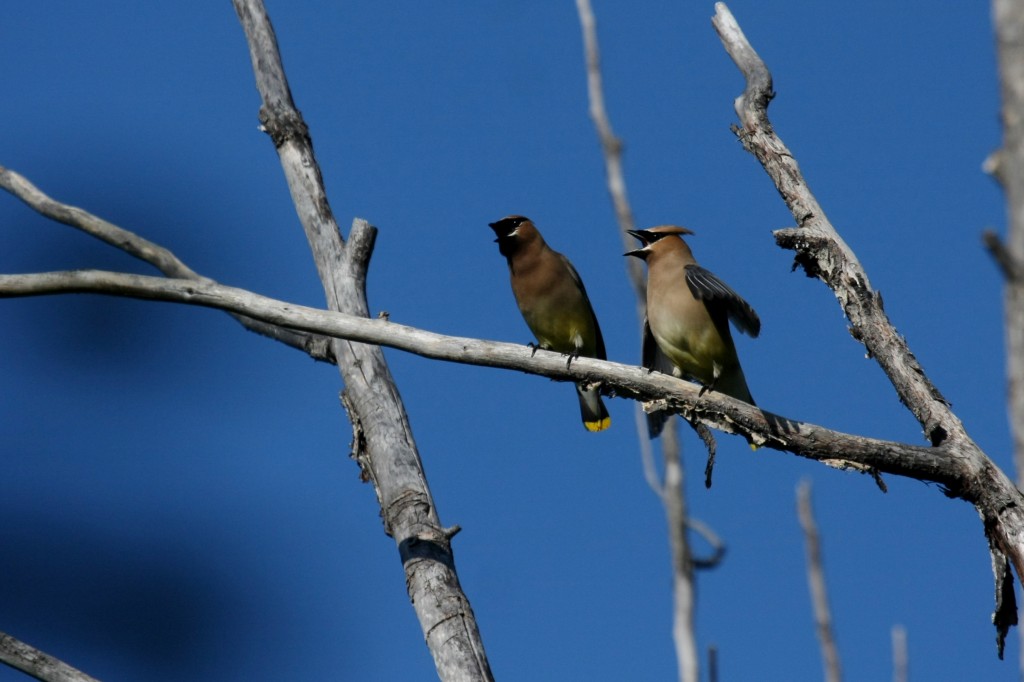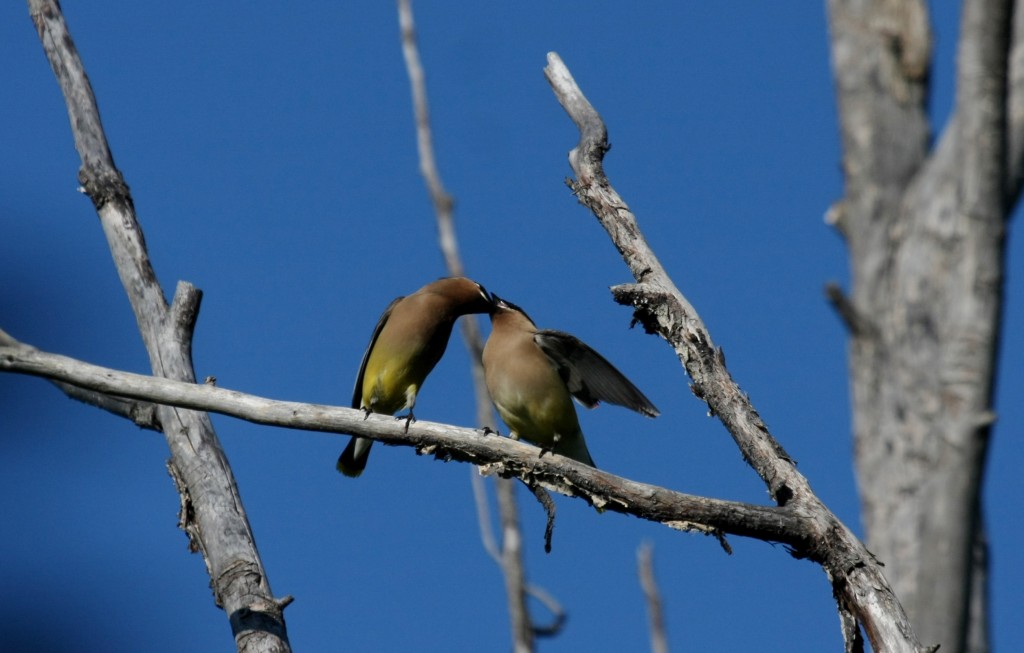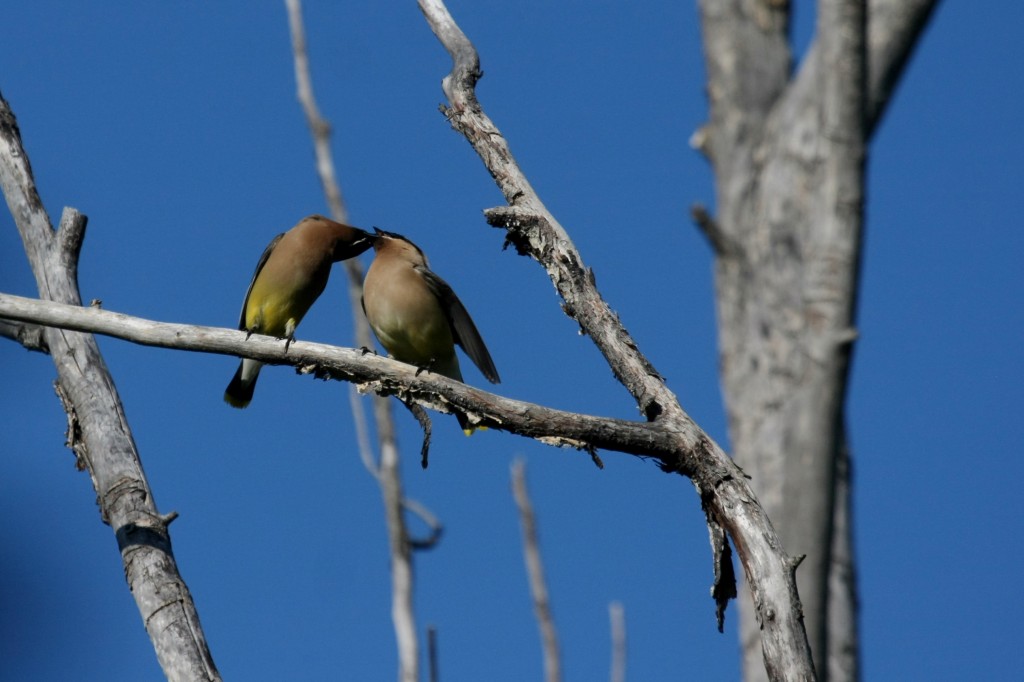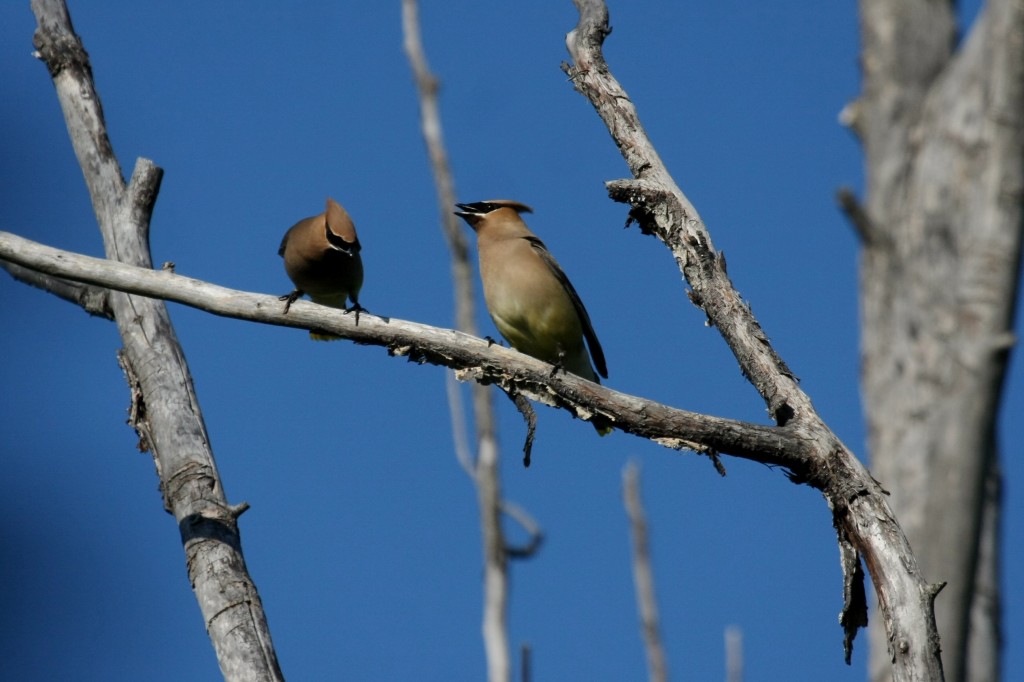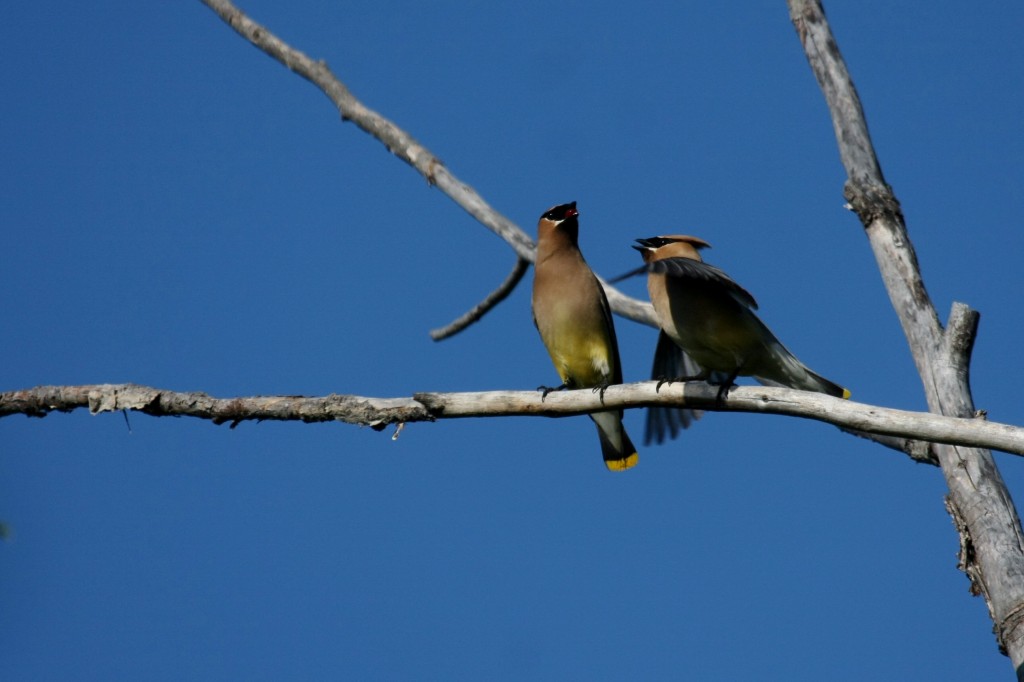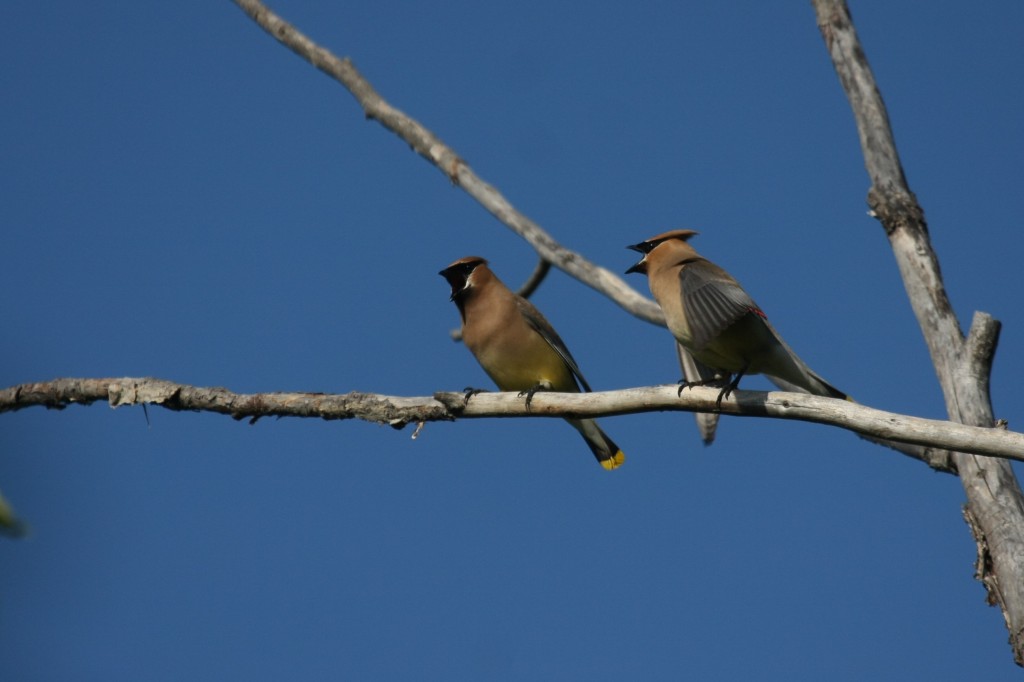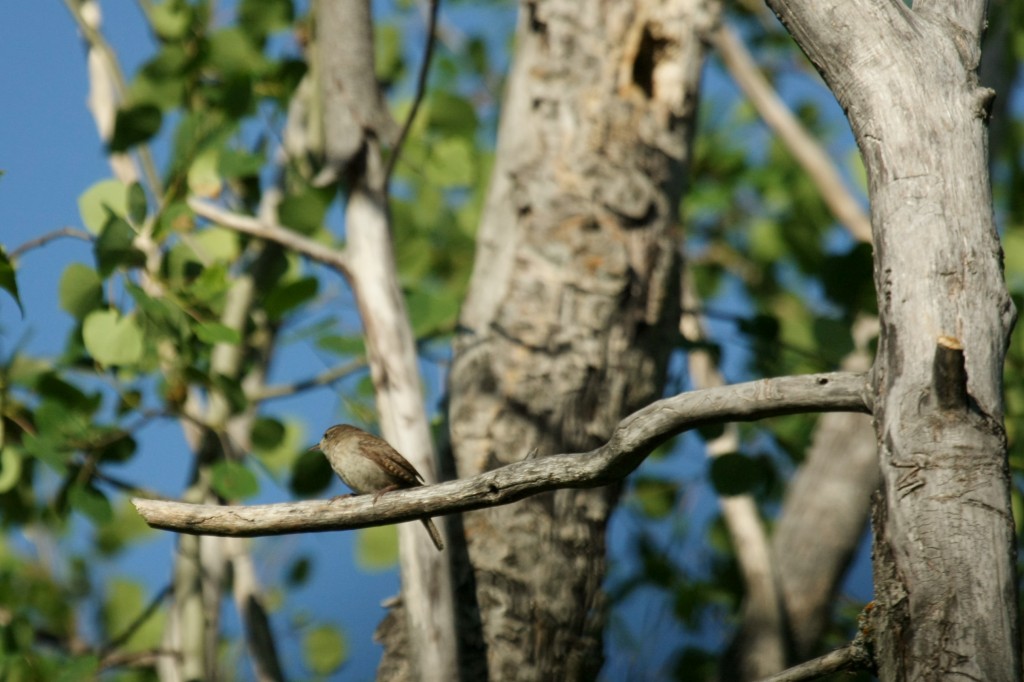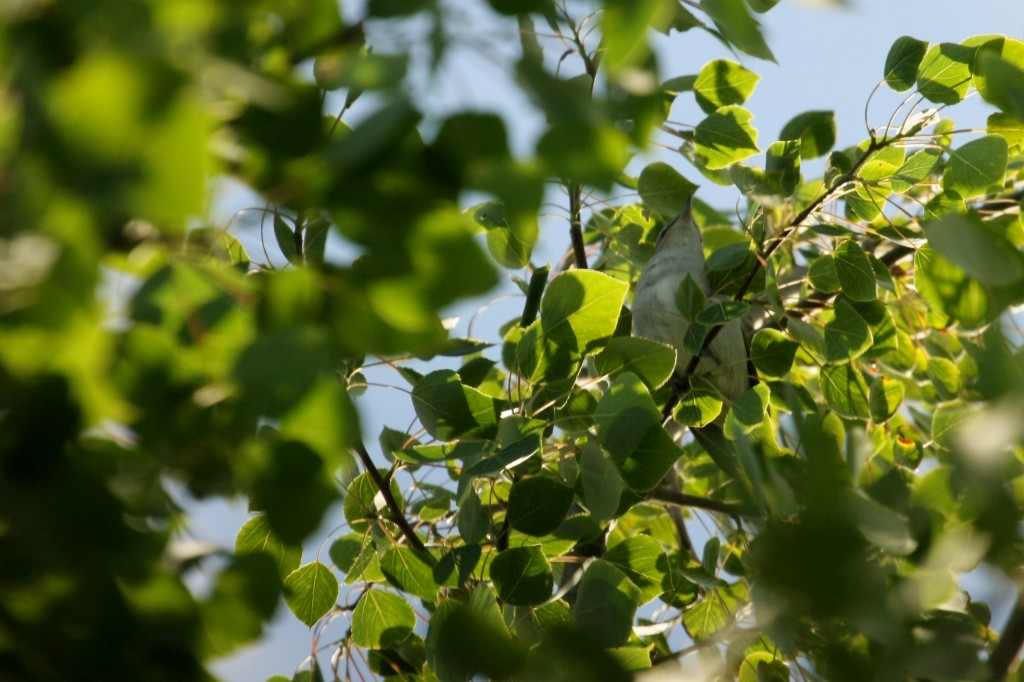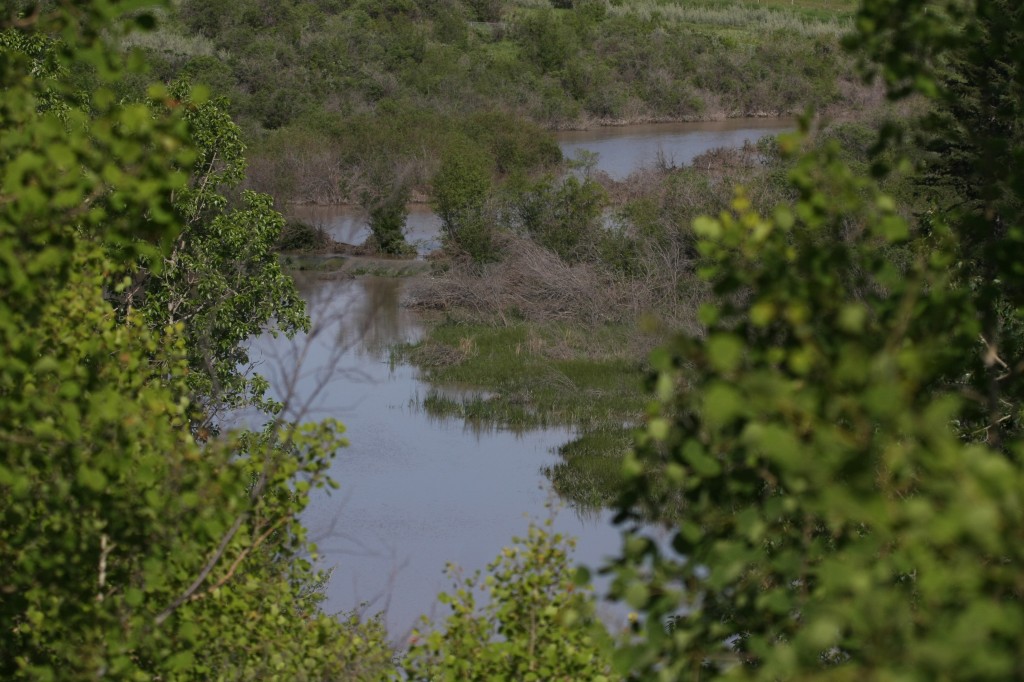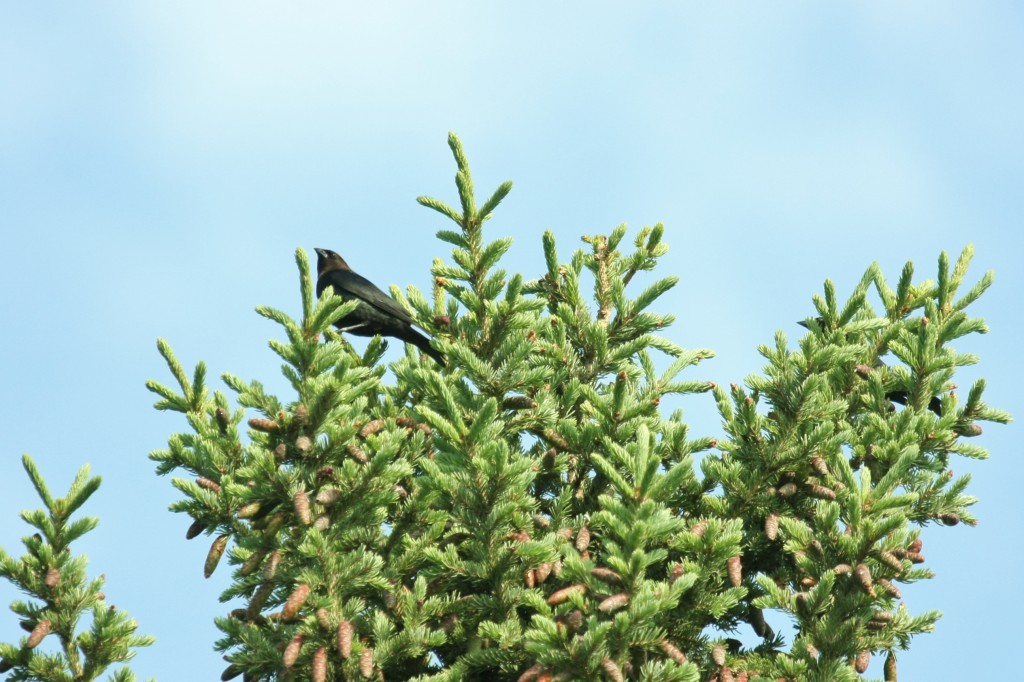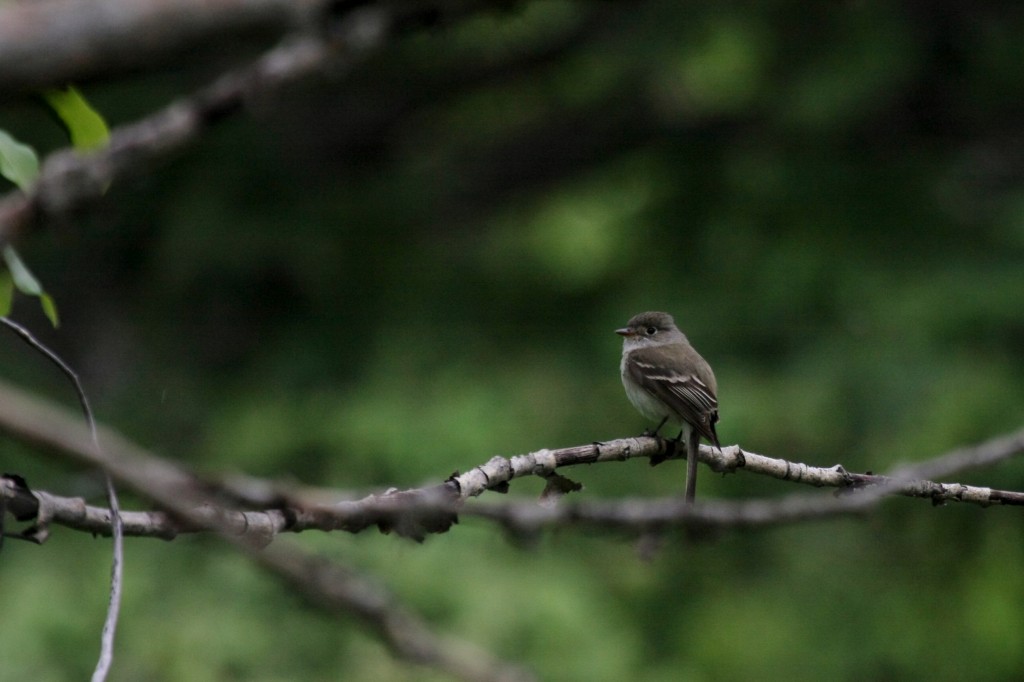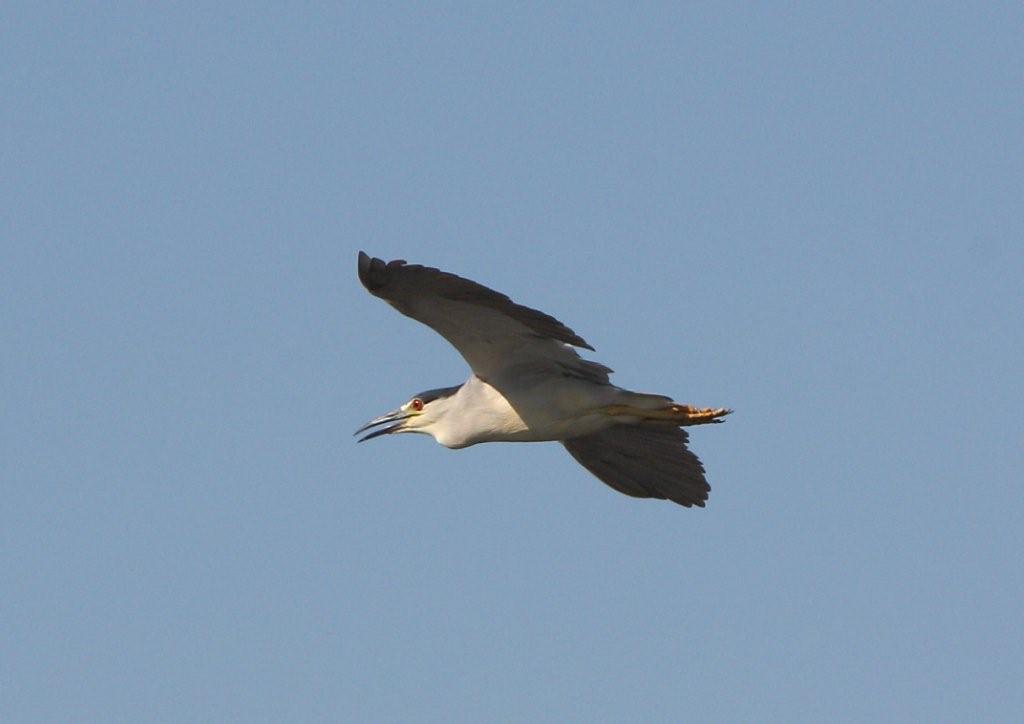Posted by Dan Arndt
After last week’s almost complete washout for both bird life and weather conditions, it was nice to have relatively minimal wind, warm weather, and a clear transition to our normal autumn faunal assemblage that we’ve grown to expect here in Calgary.
This week we returned to part of my May Species Count territory, Lafarge Meadows. This was my second time back following the flood, and my first time back where there had been any bird life to speak of. I was also quite surprised that much of the cut bank of the river remained intact, rather than being completely eroded away. It seemed for the most part that the water level simply rose too fast to cut away much of the river bank before completely overwhelming it. Parts of our walk showed evidence of being under two meters of water or more, during the peak of the flooding.
That is not to say that the river bank was completely unscathed. A few areas of fresh outcrop were clearly visible, and a number of places where either old deadfall had been stripped away, pathways had been washed out, or the basins of both small and large ponds completely restructured were also quite numerous.
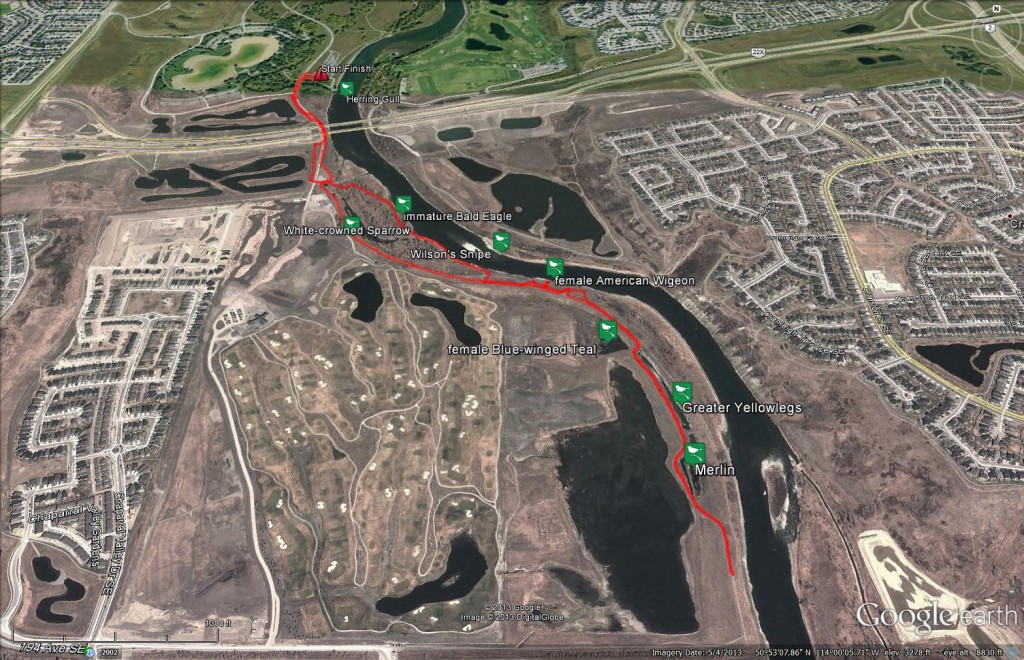
Lafarge Meadows
(Note: This Google Earth image is from May 4, 2013, and doesn’t reflect the change in the riverbed we saw on Sunday.)
As we began our walk, it was clear that it was going to be a bit of a noisy day, as the European Starlings serenaded us any time we were near tree cover. The first two ponds gave us decent views of some waterfowl, including Gadwall, American Coots, Northern Shovelers and even a couple of Bufflehead, but the first really nice close looks we had at any new birds this season was this immature Bald Eagle that we first saw in the distance, then a little closer, until a few boaters flushed it off a high perch to give us this fly-by.
Shortly after this fly-by, we scanned a distant gravel bar for some shorebirds, and managed to find a few Killdeer, a Greater Yellowlegs, and this Wilson’s Snipe… can you spot it?
One of the birds that seems to almost completely disappear in summer that is starting to re-appear in larger numbers are the American Wigeon, which we saw no small number of on our trek. The female American Wigeon has a very distinct rusty color on the breast and flanks, but the underbelly, which is usually only seen in flight, is a pale white.
A little further down the pathway, but also giving us nice close looks, was this female Blue-winged Teal. Teals in general show a much smaller profile in the water, and are much smaller than Mallards, Northern Shovelers, and nearly every other duck you might see, and the females are very hard to tell apart from each other. The Blue-winged Teal though, has a white patch near the base of the bill, which is absent in the Green-winged and Cinnamon Teal.
Another bird that didn’t seem to mind us coming in close to it was this Greater Yellowlegs. Note the slightly upturned bill, and that the bill length is about 1.5 times as long as the head is deep.
Shortly after Gus’ and a few of our other walkers had turned around, we were able to nab another species that they unfortunately had to miss. This little Merlin flew over the large pond, and then passed right in front of us, showing off its unique flight style in perfect form.
Our trip back seemed much faster than the walk down, even though we saw almost as many birds on our trip back, it’s always important to not double-count the birds. The other vital thing was that this time around, the birds seemed further away and didn’t allow for any photo opportunities whatsoever. That all changed as we came upon a lone young White-crowned Sparrow that was more than willing to pose for the camera.
And if that weren’t enough, just before we decided to pack it in for the day, we had a very generous Herring Gull fly in nice and low, showing off its pink legs and yellow bill with the small red mark on the lower mandible. How nice of it!
Thanks again for reading, and good birding. Until next week!
